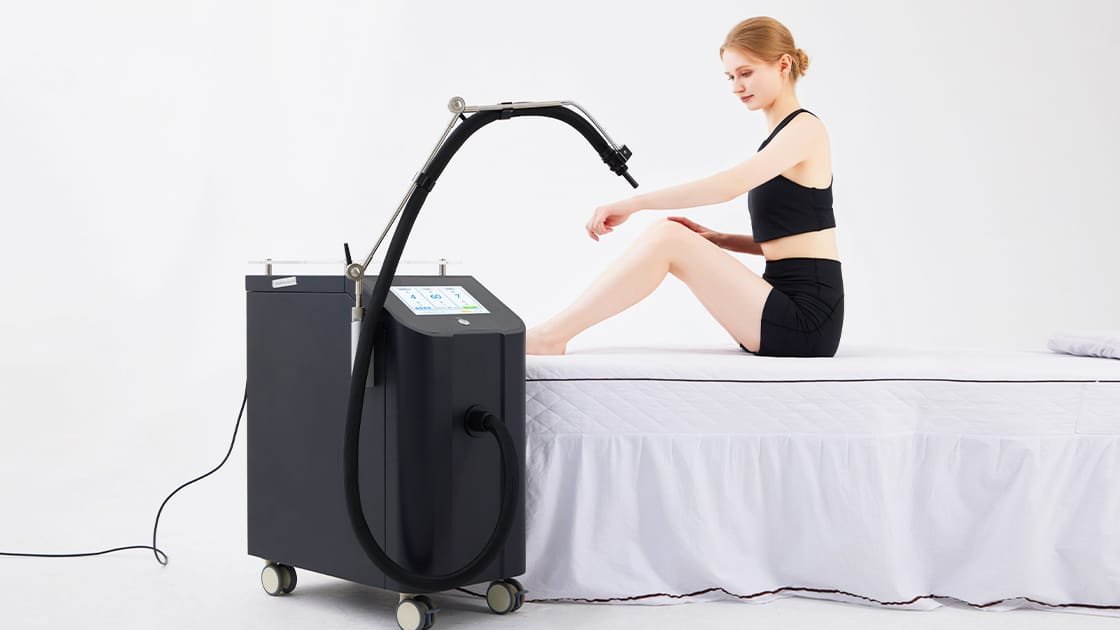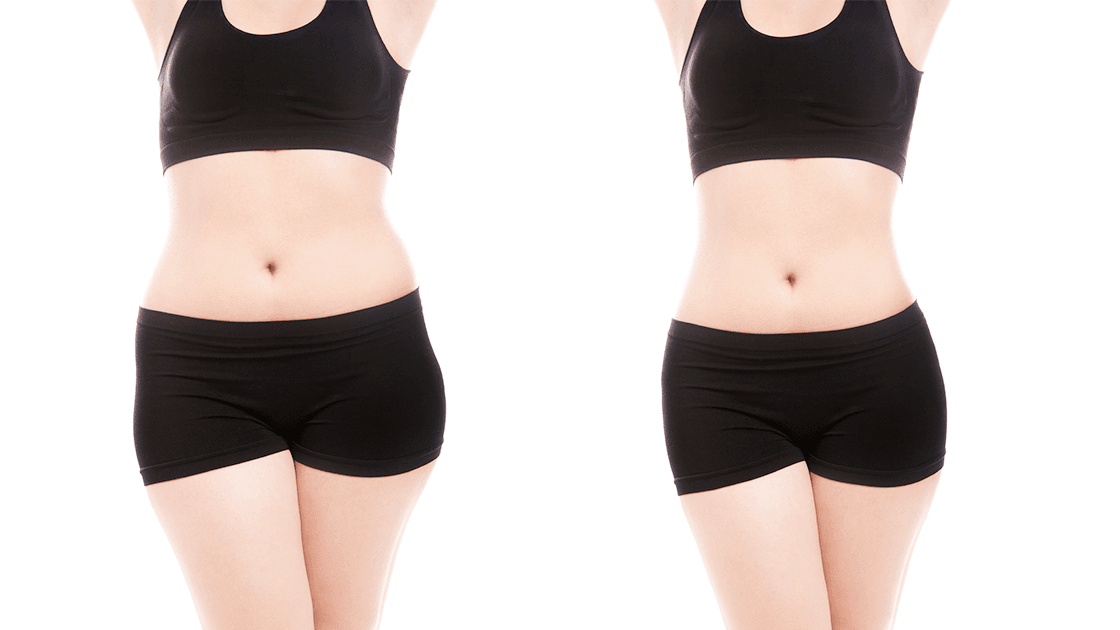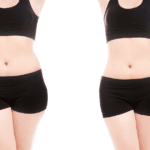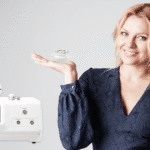Cryotherapy, the process of exposing your body to extremely cold temperatures for therapeutic benefits, has gained immense popularity for pain relief, muscle recovery, and even skin enhancements. But determining the right frequency of cryotherapy is essential to maximizing the benefits without overstressing your body. Striking a balance is key to achieving optimal results.
Starting Out: Building the Right Foundation
For beginners, the recommended right frequency of cryotherapy is typically 2-3 sessions per week during the first two to three weeks. This initial phase allows your body to gradually adapt to the extreme cold and start realizing the benefits more effectively. The frequent sessions help kickstart the process of reducing inflammation, boosting circulation, and accelerating the body’s natural healing.
If you’re recovering from a sports injury, these initial sessions can speed up muscle recovery, reduce pain, and enhance mobility. For those dealing with chronic pain or inflammation, like arthritis, this foundation phase helps keep pain under control by consistently lowering inflammation and relaxing affected areas. Each session may only last a few minutes, but the impact on your body is substantial, especially during the early stages.
Tailoring Cryotherapy Frequency to Your Goals
The right frequency of cryotherapy will vary based on your individual goals. Whether you’re an athlete, managing chronic pain, or aiming for skin improvement, your needs determine how often you should schedule sessions.
Athletes and Injury Recovery: If you’re an athlete or recovering from an injury, 2-3 sessions per week remain ideal. Cryotherapy can reduce muscle soreness, improve recovery times, and support peak athletic performance by enhancing blood flow and reducing inflammation.
Chronic Pain and Inflammation: For those managing chronic conditions like joint pain or arthritis, 1-2 sessions per week should suffice. This frequency ensures ongoing pain management and mobility improvement without overstressing the body.
General Wellness or Skin Benefits: If you’re seeking wellness improvements or cosmetic results like skin toning or wrinkle reduction, a weekly or bi-weekly session may be enough. Cryotherapy stimulates collagen production and skin elasticity while reducing stress and boosting energy levels, making it a valuable addition to your self-care routine.
Maintenance Mode: Sustaining the Benefits
Once you’ve completed the initial phase, it’s time to switch to a maintenance schedule. Most people can comfortably shift to 1-2 cryotherapy sessions per week. This frequency helps to maintain the benefits gained without overwhelming the body with too much cold exposure. It’s a balance that ensures you’re continuing to experience relief and improvement while protecting your system from overstimulation.
In this maintenance phase, consistency is crucial. The right frequency of cryotherapy in this stage will depend on your progress, but typically, sticking to 1-2 sessions weekly will suffice for ongoing recovery, pain management, or skin benefits. Overdoing cryotherapy can lead to diminished effects, so finding that perfect middle ground is essential.
Monitoring Your Body’s Response
Cryotherapy is not a one-size-fits-all treatment, so you need to monitor your body’s response to find the right frequency of cryotherapy for your needs. Some people may feel invigorated after more frequent sessions, while others might prefer more time between treatments. It’s essential to listen to your body and adjust accordingly. If you feel fatigued or notice diminishing results, consider scaling back or consulting a professional to develop a personalized plan.
Conclusion: Finding Your Right Frequency of Cryotherapy
The right frequency of cryotherapy depends on your goals and your body’s response to the treatment. For beginners, 2-3 sessions per week will help you lay a solid foundation for improved recovery, pain relief, or wellness. Afterward, a maintenance schedule of 1-2 sessions per week can sustain the benefits over time. Ultimately, consistency and balance are key—pay attention to your body, tailor your frequency, and enjoy the long-term results of cryotherapy.








